From DSC:
The vast majority of the lessons being offered within K-12 and the lectures (if we’re going to continue to offer them) within higher education should be recorded.
Why do I say this?
Well…first of all…let me speak as a parent of 3 kids, one of whom requires a team of specialists to help her learn. When she misses school because she’s out sick, it’s a major effort to get her caught up. As a parent, it would be soooooo great to log into a system and obtain an updated digital playlist of the lessons that she’s missed. She and I could click on the links to the recordings in order to see how the teacher wants our daughter to learn concepts A, B, and C. We could pause, rewind, fast forward, and replay the recording over and over again until our daughter gets it (and I as a parent get it too!).
I realize that I’m not saying anything especially new here, but we need to do a far better job of providing our overworked teachers with more time, funding, and/or other types of resources — such as instructional designers, videographers and/or One-Button Studios, other multimedia specialists, etc. — to develop these recordings. Perhaps each teacher — or team — could be paid to record and contribute their lessons to a pool of content that could be used over and over again. Also, the use of RSS feeds and content aggregators such as Feedly could come in handy here as well. Parents/learners could subscribe to streams of content.
Such a system would be a huge help to the teachers as well. They could refer students to these digital playlists as appropriate — having updated the missing students’ playlists based on what the teacher has covered that day (and who was out sick, at another school-sponsored event, etc.). They wouldn’t have to re-explain something as many times if they had recordings to reference.
—–
Also, within the realm of higher education, having recordings/transcripts of lectures and presentations would be especially helpful to learners who take more time to process what’s being said. And while that might include ESL learners here in the U.S., such recordings could benefit the majority of learners. From my days in college, I can remember trying to write down much of what the professor was saying, but not having a chance to really process much of the information until later, when I looked over my notes. Finally, learners who wanted to review some concepts before a mid-term or final would greatly appreciate these recordings.
Again, I realize this isn’t anything new. But it makes me scratch my head and wonder why we haven’t made more progress in this area, especially at the K-12 level…? It’s 2017. We can do better.
Some relevant tools here include:
- One Button Studio
- Swivl
- Double Robotics Telepresence Robots (especially helpful for learners who need to be at home or in a hospital for a while)
- Echo 360
- Panopto
- Mediasite
- Blackboard Collaborate
- Explain Everything
- ScreenFlow (on the Mac); also see Telestream‘s other products as well
- Educreations
- Adobe Captivate
- Several products from Techsmith
- …and more









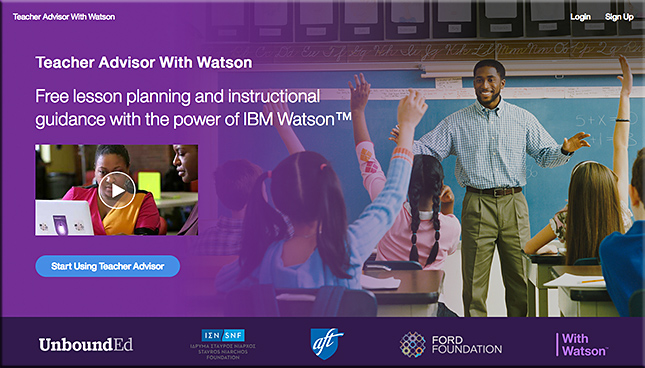

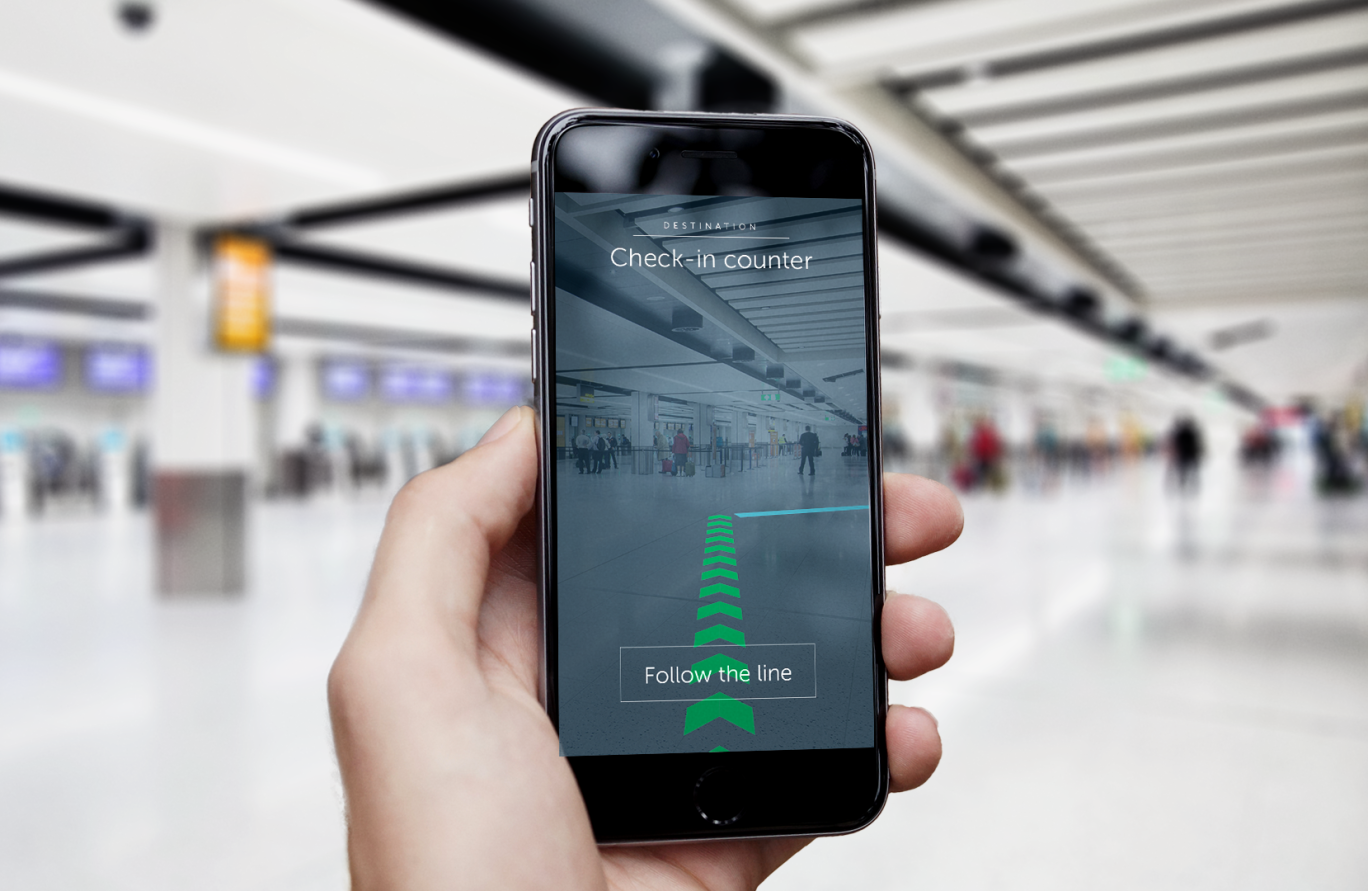
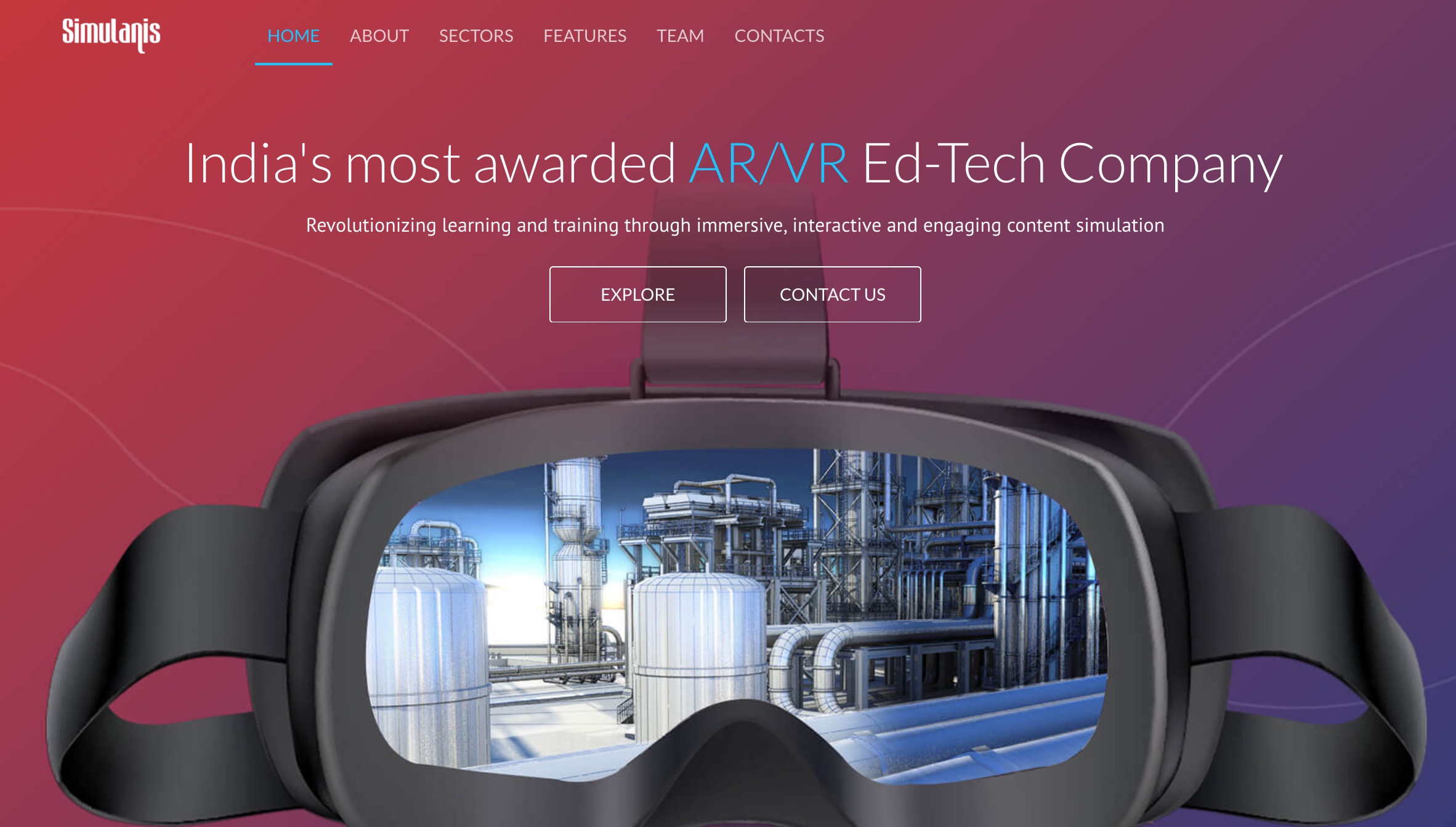
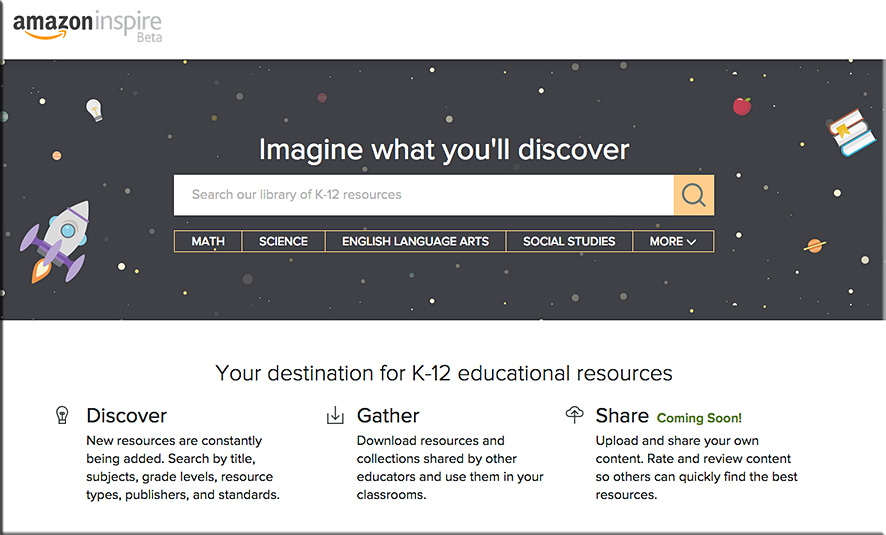
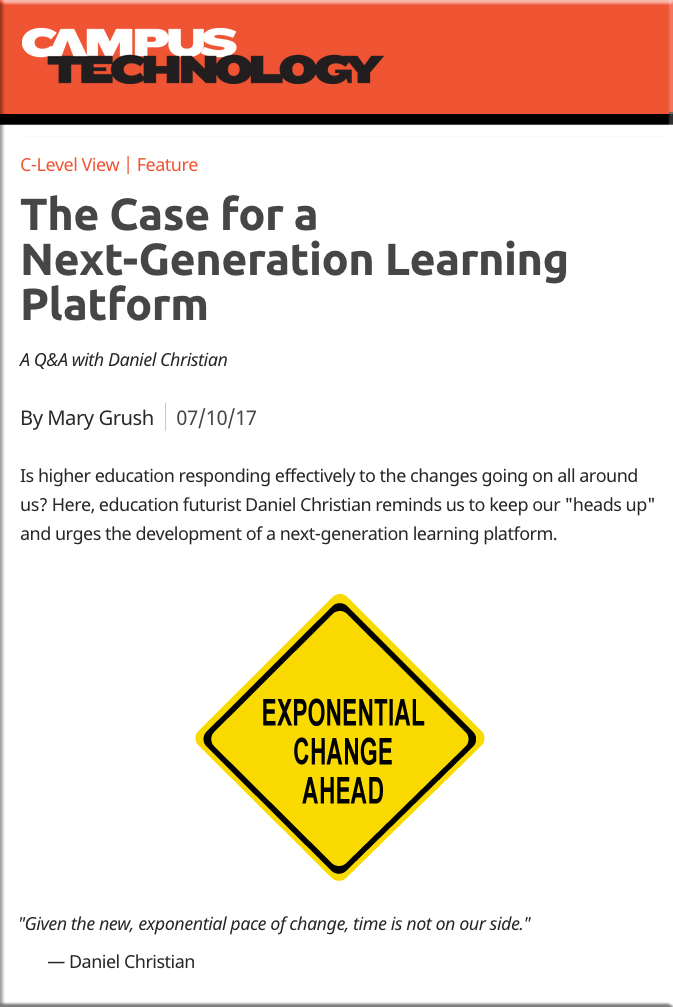
![The Living [Class] Room -- by Daniel Christian -- July 2012 -- a second device used in conjunction with a Smart/Connected TV](http://danielschristian.com/learning-ecosystems/wp-content/uploads/2012/07/The-Living-Class-Room-Daniel-S-Christian-July-2012.jpg)

